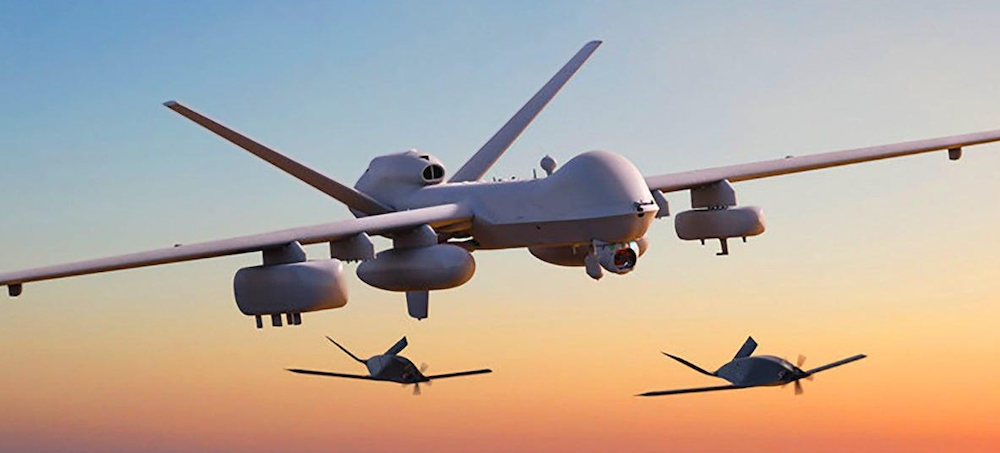
In response to a query, Joumana Khatib in the NYT’s Office of the Public Editor provided the following quote from an unnamed assistant to the NYT’s corrections editor: “We don’t re-report old stories, and that’s what would be required here.” The assistant made this claim despite the fact that the NYT revisited earlier strikes with followup stories at least 15 times when such strikes targeted “high-value” targets in order to clarify whether the target was killed. When I contacted the NYT and WP about the inaccuracies in their reporting on civilian casualties, and to see whether either newspaper published corrections, the answer from both was that they had not. Because of this inability, the NYT and WP have a responsibility to correct the public record after reporting misleading information. Unlike TBIJ’s accounts, which are informed by its post-strike investigations, the NYT and WP are unable to confirm exactly who was killed when reporting in the immediate aftermath of a drone strike. On not correcting inaccuraciesĪ Pakistani protester against US drone strikes in Peshawar, Pakistan. It represents a failure by journalists at these papers to view critically government claims regarding who is killed in particular strikes. This trend of underreporting of civilian casualties means readers are not being informed of the real consequences of drone strikes in Yemen and Pakistan. In the three NYT and WP articles that reported civilian casualties, the deaths of just nine civilians were documented. The WP, however, reported civilians killed in only one of those seven attacks – a rate of 14%.Īccording to TBIJ, in the 33 strikes that resulted in civilian casualties, a total of 180 to 302 civilians were killed.

TBIJ found that civilians were killed in seven of the 26 attacks – a rate of 27%. The 26 WP articles covered 26 separate attacks. Yet, the NYT reported civilians killed in only two of those 26 attacks – a rate of 7.7%. TBIJ found that civilians were killed in 26 of the 81 attacks – a rate of 32%. The 81 NYT articles covered the same number of attacks. I considered TBIJ’s findings authoritative because they used a methodology that has been endorsed by the Center for Civilians in Conflict and Human Rights Clinic at Columbia Law School. The reporting in the two newspapers was compared to the London-based Bureau of Investigative Journalism’s coverage of the same drone strikes.

The sample of articles included 81 NYT and 26 WP stories published within two days of particular strikes. My research analyzed the NYT’s and WP’s coverage of the immediate aftermath of drone strikes in Pakistan and Yemen. My conclusion: both papers have substantially underrepresented the number of civilians killed in drone strikes in Pakistan and Yemen, failed to correct the public record when evidence emerged that their reporting was wrong and ignored the importance of international law.

I picked this five-year period because of the dramatic increase in drone strikes that occurred since Obama took office. These papers were chosen as representatives of the “elite press.” The NYT calls itself the “paper of record.” The WP is considered by some to be the official paper of Washington, DC. To find out what kind of job the media has been doing reporting this story, I recently completed and published a study of The New York Times’ (NYT) and Washington Post’s (WP) coverage of US drone strikes between 20.


 0 kommentar(er)
0 kommentar(er)
